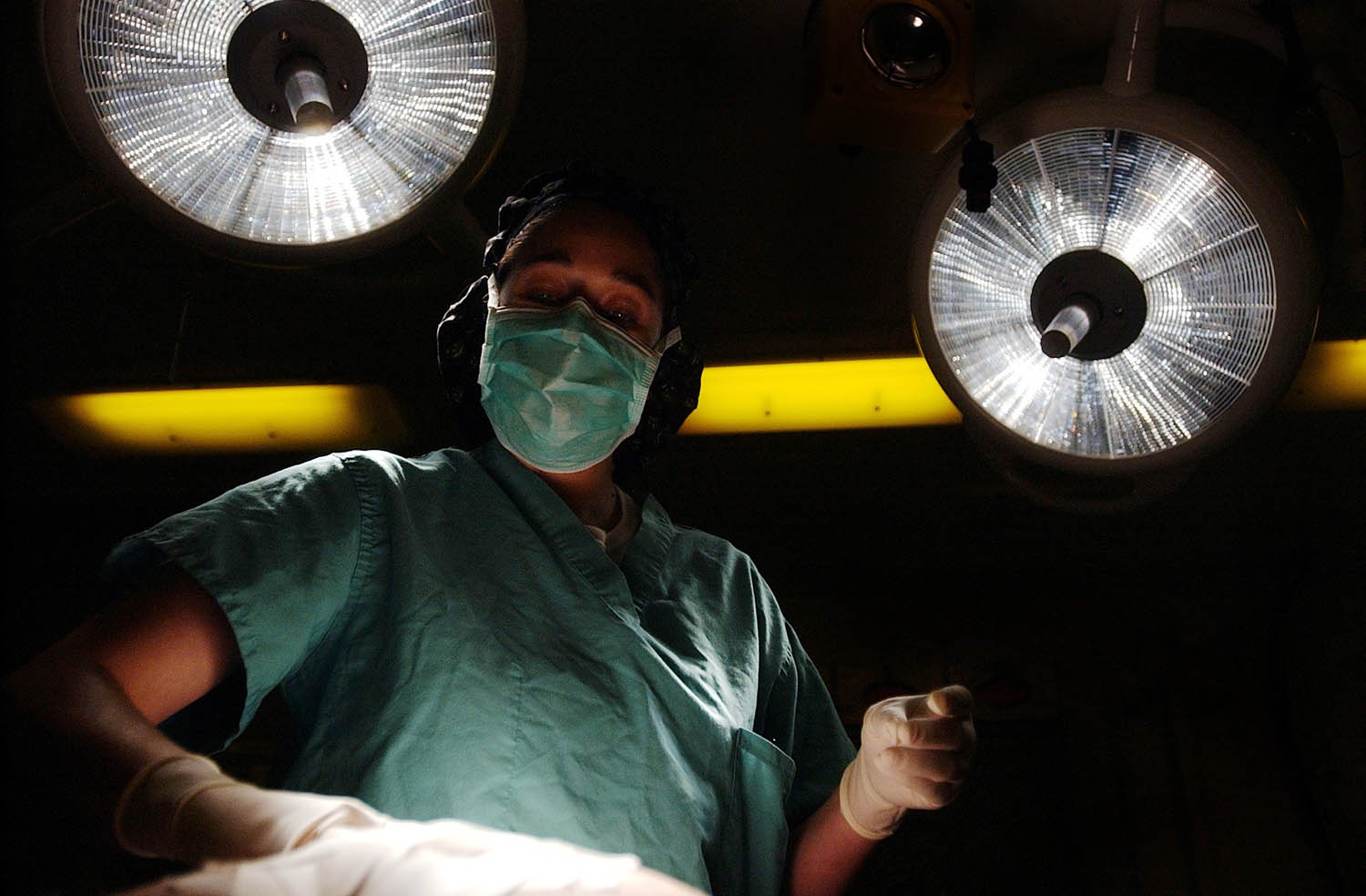What are surgical “Never Events”?
Surgical “never events” are errors that should never have happened, but take place about 80 times per week in the U.S.
Never events are errors that are clearly identifiable, preventable, and serious in their consequences for patients.
The classic examples of never events include operating on the wrong body part, performing a wrong surgical procedure, accidentally leaving a sponge in the patient, operating on the wrong patient altogether.
How common are these errors?
According to the National Practitioner Data Bank, there were 9,744 cases of malpractice settlements and judgments for surgical never events between 1990 and 2010, and they led to $1.3 billion in payouts. Most cases only led to temporary harm: mortality occurred in 6.6% of patients, permanent injury in 32.9%, and temporary injury in 59.2%.
Approximately 4,082 surgical never events take place each year in the U.S. However, surgical never events are vastly underreported; previous studies show that 90% of the injured patients do not receive indemnity payments and so would not be included in the data bank.
The common estimate is that 50 million operations are conducted in the U.S., which would translate to one surgical never event in every 12,248 procedures. Never events are rare enough that an individual hospital would only experience one such incident every 5-10 years, but they often come with a hefty price tag.
How much do these mistakes cost?
The individual payouts for never events ranged up to $7.1 million, with higher payments often going to those with severe outcomes or performed by a physician with multiple malpractice reports. The average payout for a surgical never event is $133,055. The most common types of never events have the following average payouts:
- Wrong procedure: 2.447 cases and average payout of $ 232,035
- Wrong-site: 2.413 cases and average payout of $ 127,159
- Wrong patient: 27 cases and average payout of $ 109,648
- Retained foreign body: 4,857 cases and average payout of $ 86,247
Source: “Surgical never events in the United States,” Surgery, Dec. 17, 2012
Can these errors be prevented?
To prevent surgical never events, the Joint Commission in 2004 requested that all practitioners follow a three-step process known as the universal protocol. The protocol consists of seemingly simple steps such as presurgical time-out briefings, marking the surgical site, and confirming the patient’s identity.
However, these simple steps are not foolproof. Dr. Chassin, president of the Joint Commission, a Chicago-based group that accredits the nation’s hospitals, mentioned that there are “about 300 ways that timeouts can fail, from not having everyone stop what they’re doing and paying attention…to having a bad safety culture where somebody knows something’s wrong but is too scared to speak up.”
Ironically, ever since the universal protocols have been instituted, many states have seen surgical never events on the rise.
A 2010 study in JAMA Surgery found that the cases of wrong surgeries reported to a Colorado medical liability insurer rose between 2002 and 2008. Meanwhile, in Minnesota, wrong surgeries reported under the mandatory never-event public reporting law rose every year, from 18 in 2004 to 50 in 2011. For surgical instruments left in patients’ bodies, there was an 8% rise between 2004 and 2011.












